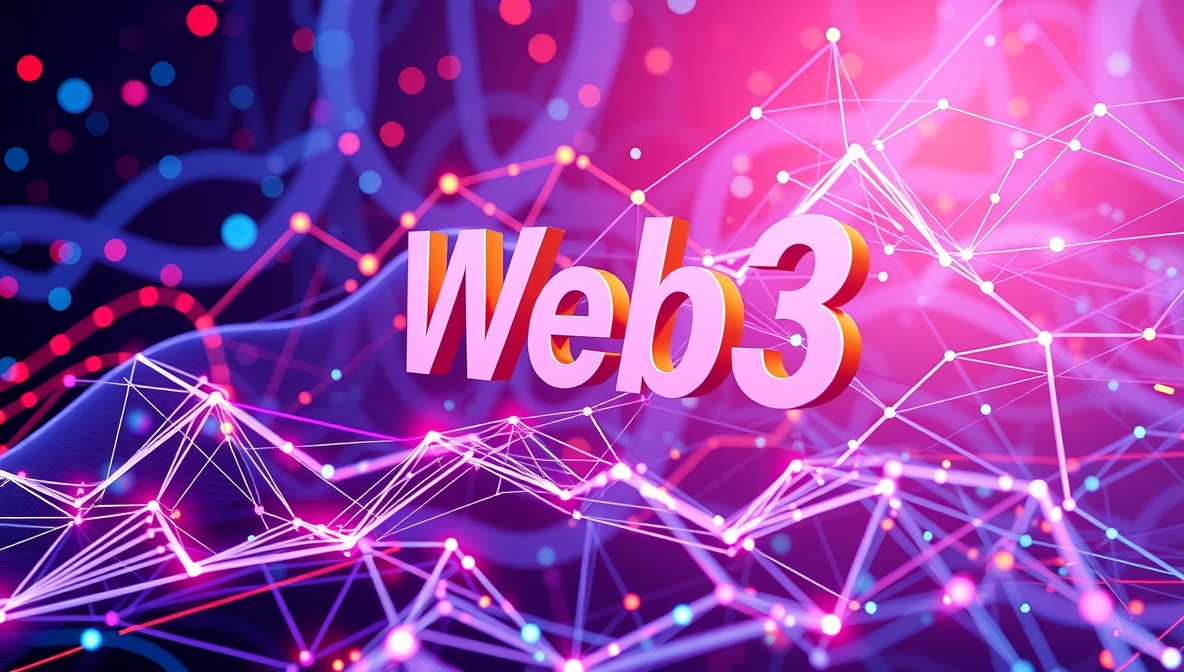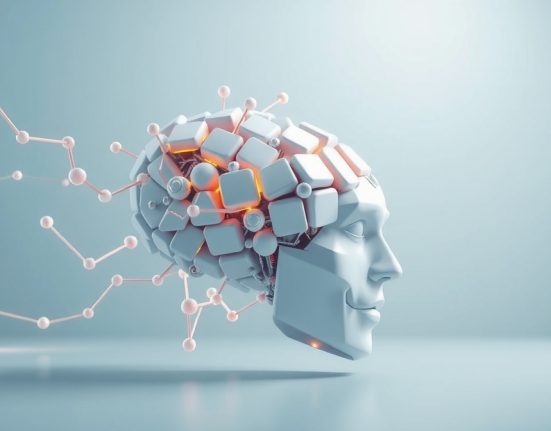Introduction
The internet has undergone several significant revolutions since its inception. From the static Web1 of the 1990s, through the interactive Web2 of recent decades, to the vision of Web3 – the decentralized internet based on blockchain. While 2021 saw tremendous excitement around the technology, with billions invested in various projects, many wonder whether in 2025 it’s still worth exploring the world of Web3, or if it was merely a bubble that burst.
What Exactly is Web3?
Web3 refers to the vision of a decentralized internet, where data and content are not controlled by large technology companies, but instead operate transparently on blockchain networks. The core principles of Web3 include:
- Decentralization: Information and services are stored and managed across a decentralized network of computers, rather than on central servers.
- Ownership of digital assets: Through NFT technology and tokens, users can purchase and hold virtual assets.
- Decentralized governance: Decision-making through consensus mechanisms and Decentralized Autonomous Organizations (DAOs).
- Digital identity: User control over their identity and personal data.
The Development of Web3 So Far
2017-2020: Early Days
This period was characterized by the development of basic Web3 infrastructure, with emphasis on blockchain platforms like Ethereum and early protocols. It was a period of technical innovation, but with limited adoption outside developer communities.
2021-2022: The Boom Period
These years represented the peak of excitement around Web3. We saw:
- Breakthrough of NFTs with million-dollar sales
- Meteoric growth of Decentralized Finance (DeFi)
- Massive investments from venture capital funds
- Interest from traditional companies
- Grand promises regarding “the metaverse”
2023-2024: The Sobering Period
After the initial excitement, the market underwent a significant correction:
- Sharp decline in cryptocurrency and NFT values
- Failure of many projects that didn’t deliver real value
- Scandals and collapses of major platforms
- Increased regulation in the field
- Disillusionment regarding the gap between promises and reality
2025: Stabilization and Maturation
Today, in 2025, we are witnessing a period that could be called Web3’s “quiet valley”:
- Serious projects continue to develop and improve the technology
- Emphasis on practical applications instead of grandiose promises
- Gradual adoption in certain industries
- Improvement in user experience and accessibility
- Focus on solving real problems
The Continuing Advantages of Web3
Despite the challenges, Web3 offers several significant advantages that remain relevant:
- Data control: Web3 allows users to control their data, unlike the current model where giant companies collect and exploit personal information.
- Transparency and trust: Through blockchain, actions and transactions are recorded publicly and immutably, increasing trust and accountability.
- Removal of intermediaries: Web3 enables direct transactions between users (P2P), reducing costs and streamlining processes.
- Global financial access: Web3 technologies provide access to financial services for populations previously underserved by the traditional banking system.
- Collaborative communities: DAOs allow groups to organize, invest, and make decisions together in a transparent and democratic manner.
Challenges Facing Web3
Despite the advantages, Web3 still faces significant challenges:
- Complex user experience: Most technologies still lack accessibility for the average user, with complicated interfaces and requirements for technical knowledge.
- Scalability issues: Many blockchain networks struggle to support large transaction volumes, leading to delays and high costs.
- Energy consumption: Certain consensus mechanisms, especially Proof of Work, consume enormous amounts of energy.
- Unclear regulatory environment: Legislators and regulators worldwide are still grappling with how to regulate Web3 technologies.
- Security and privacy: Despite the promises, hacking incidents and scams continue to be common in the ecosystem.
Promising Areas in Web3 in 2025
There are several areas where Web3 continues to show significant potential:
Decentralized Finance (DeFi 2.0)
The next generation of decentralized finance focuses on more stable solutions, smart regulation, and integration with traditional financial systems. Applications like decentralized loans, P2P insurance, and automated asset management are gaining momentum.
Decentralized Digital Identity
Solutions that allow users to control their identity securely, with the ability to prove attributes without exposing sensitive information. This is an area with enormous potential for improving privacy and security online.
Supply Chain Management
Using blockchain to track products throughout the supply chain, enabling complete transparency regarding product origin, production conditions, and authenticity.
Regenerative Finance (ReFi)
Using Web3 technologies to address environmental and social challenges, such as funding renewable energy projects, carbon markets, and incentives for green actions.
Gaming and Practical NFTs
Instead of the extreme speculation of the past, NFTs today focus on real utility in games, providing ownership of digital assets, copyrights, and access to exclusive content.
Is It Still Worth Exploring Web3?
The complex answer is: yes, but with a significant adjustment of expectations. Web3 is not a magic solution that will change the internet overnight, nor is it a tool for quick enrichment as some had hoped. Instead, it is a long-term evolutionary process of technologies aimed at solving real problems in the digital world.
Who Should Be Interested?
- Developers: There is high demand for developers in the field, with competitive salaries and flexible work opportunities.
- Long-term investors: Investors seeking exposure to innovative technologies with potential for significant impact.
- Entrepreneurs: Opportunities to develop innovative solutions in areas that have not yet been deeply explored.
- Business people and managers: Understanding the potential implications of Web3 technologies on traditional industries.
- Technology enthusiasts: Following the frontier of technological innovation and participating in shaping the digital future.
Conclusion
Web3 has moved from the period of initial excitement to a stage of maturation and stabilization. While some of the early promises proved exaggerated, the basic ideas of decentralization, transparency, and user ownership of data and digital assets remain relevant. In 2025, it’s no longer about a frantic race after “the next big thing,” but rather the gradual development of technologies that can positively impact how we communicate, do business, and collaborate online. For those willing to invest the time to understand the technology and focus on the real value it can bring, Web3 still offers significant opportunities.












